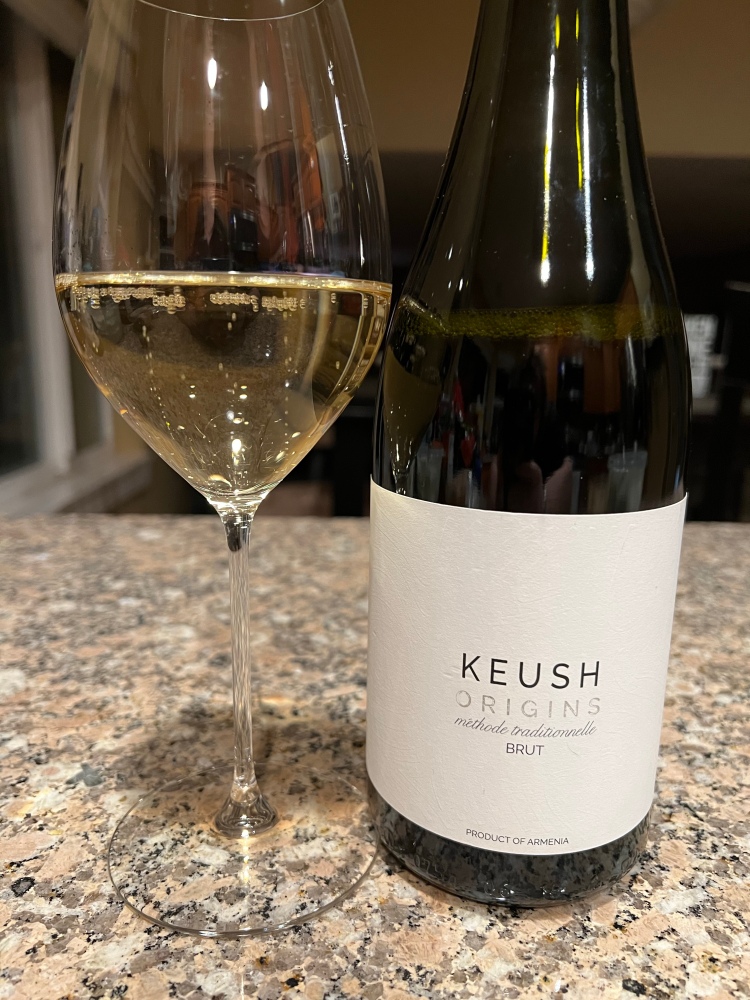
When you think of wine, probably the last place that comes to mind is Armenia. The countries that make up the Caucasus region (Armenia, Georgia, and Azerbaijan) were inhabited by humans dating back to 9000 BC. There have been debates regarding which country has been making wine the longest but in 1997, the definitive answer may have been uncovered. In 1997, the Areni Cave was unearthed near the town of Areni, located in the center of the Vayots Dzor wine region within Armenia. Since then, archeologists have continued their excavations in the cave, which lead to the discovery of a wine cave dating back 6100 years. Among the artifacts were wine presses, fermentation vessels, drinking cups and the remnants of grape vines. These relics have bestowed Armenia with the title of the country having the oldest history of wine making in the world and has brought renewed interest to Armenia within the wine world.
One of the people spearheading the effort to elevate wines in Armenia is Vahe Keushguerian, founder of Keush winery. After hearing an interview between him and The Wine Bible author, Karen MacNeil, I was quite intrigued and felt the compulsion to sample wines from the principal wine region Vayots Dzor, located east of Turkey and north of Iran. Mainly, I was drawn in by the new wine varietals I could add to my doppel list but I was intrigued by the kind words Ms. MacNeil had to bestow upon the wines she tasted. Individuals like Vahe are putting on such a great public relations campaign that they’re drawing in foreign winemakers such as American winemaker Paul Hobbs. He has created a partnership with the Yacoubian family in Armenia, making wine under the label of Yacoubian-Hobbs. Vayots Dzor has a unique setting. First, it has a higher altitude, around 1100 meters (or 3600 feet) above sea level. Second, the soil is composed of volcanic rock, giving the wines a notable minerality. Finally, some of the vines can be quite old because they were never affected by phylloxera. Until recently, phylloxera had not been an issue in Armenia. Most vines are grown on their own rootstock, which is not resistant to the bug. This has increased their susceptibility to the louse until they replant vineyards on grafted rootstock which is resistant and used worldwide.

Over the last couple days, I finally decided to uncork a couple bottles I purchased and I see what the fascination was about and I was not disappointed! First, I rang in the new year, and mourned the loss of Betty White, with a bottle of NV Keush sparkling wine. It consisted of 60% Voskehat and 40% Khatouni, both are indigenous grapes to Armenia. It was made using the traditional method, just like champagne. Surprisingly, it had minimal notes of bread from lees aging. Instead, it had bright citrus flavors with notes of honeysuckle and pears. It was delightful with my appetizer smorgasbord for the evening! I enjoyed the winemaking methods that allowed the character of the fruit to shine through. Second, I sampled a bottle of 2018 Zulal Areni. This was a light red wine with medium acid and light tannins. It had wonderful red fruit notes like cherry, cranberry, and red currant with hints of black pepper, perfect to pair with my steak au poivre. I would happily drink both bottles again! These wines were unique but complex and delicious! If you wish to purchase wines from Armenia, storicawines.com is a great place to start!
-TheLooseTannin